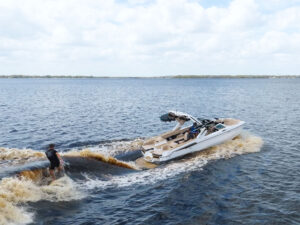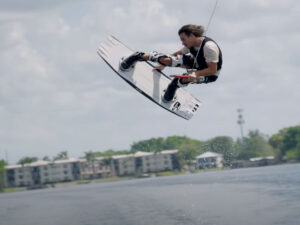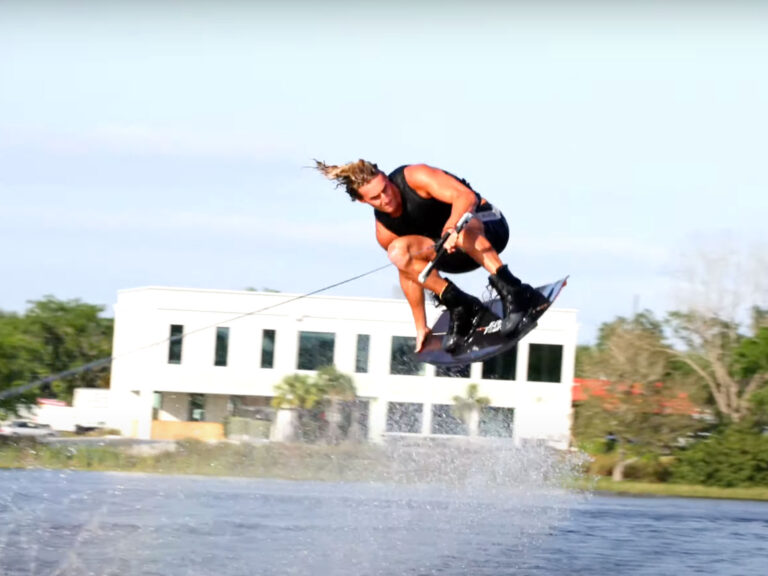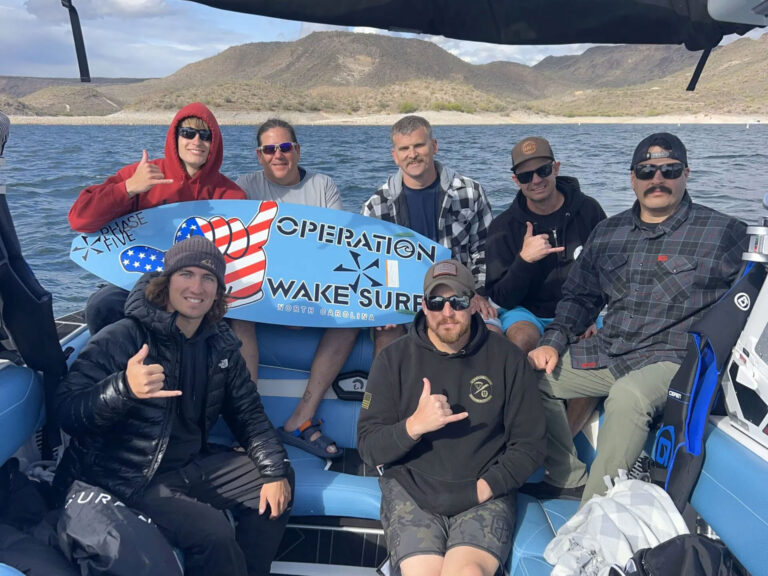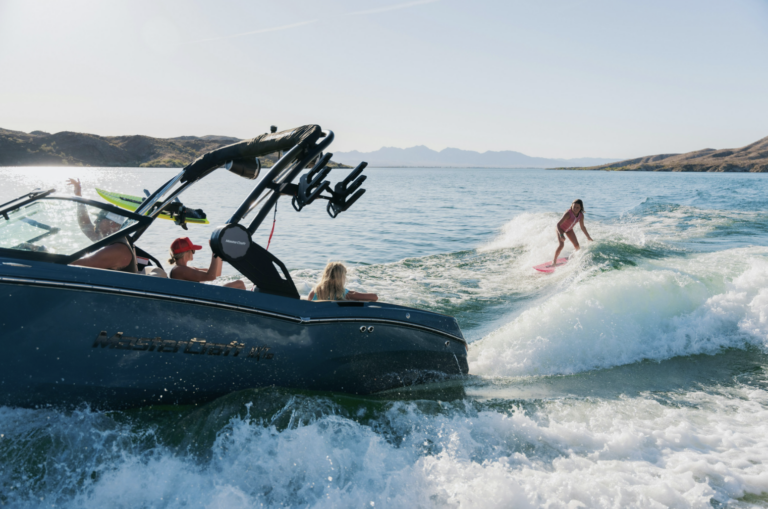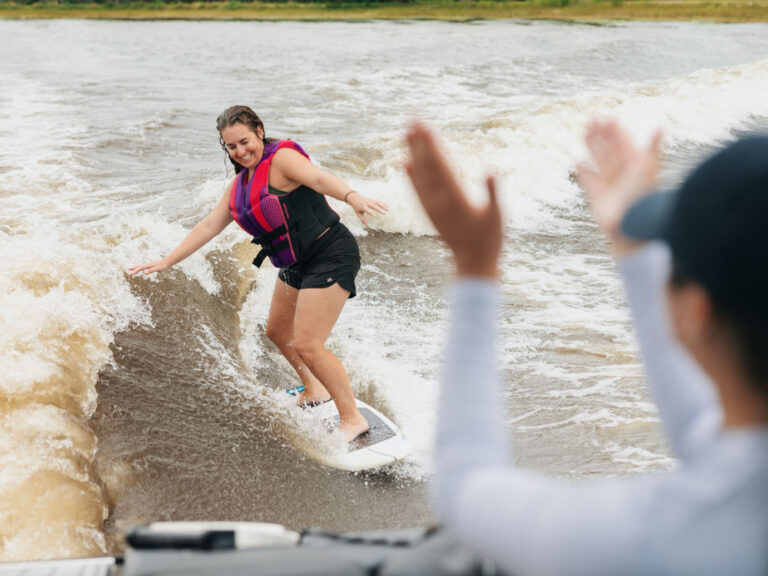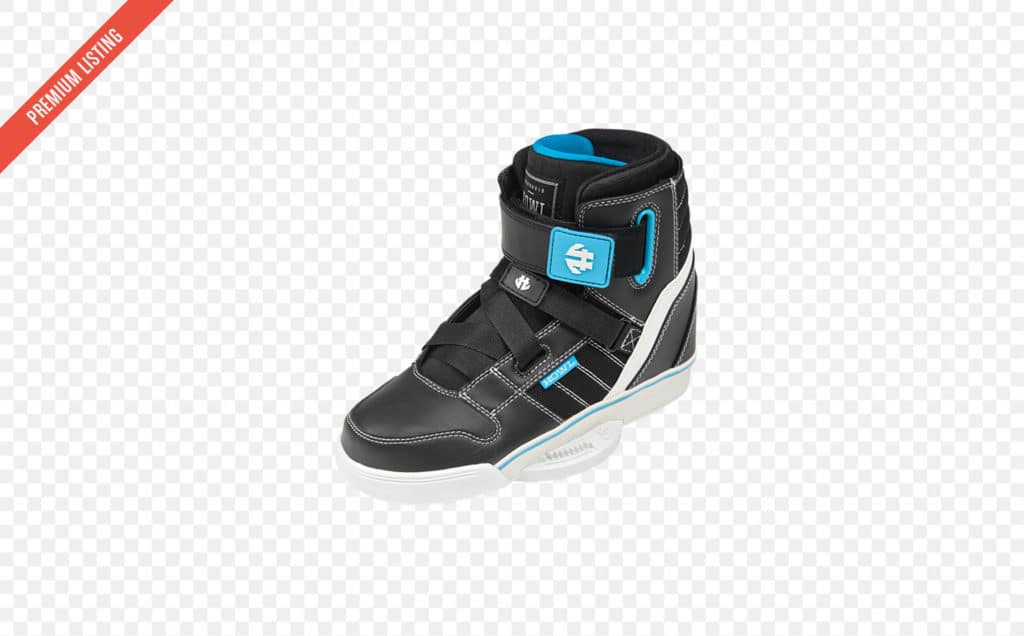
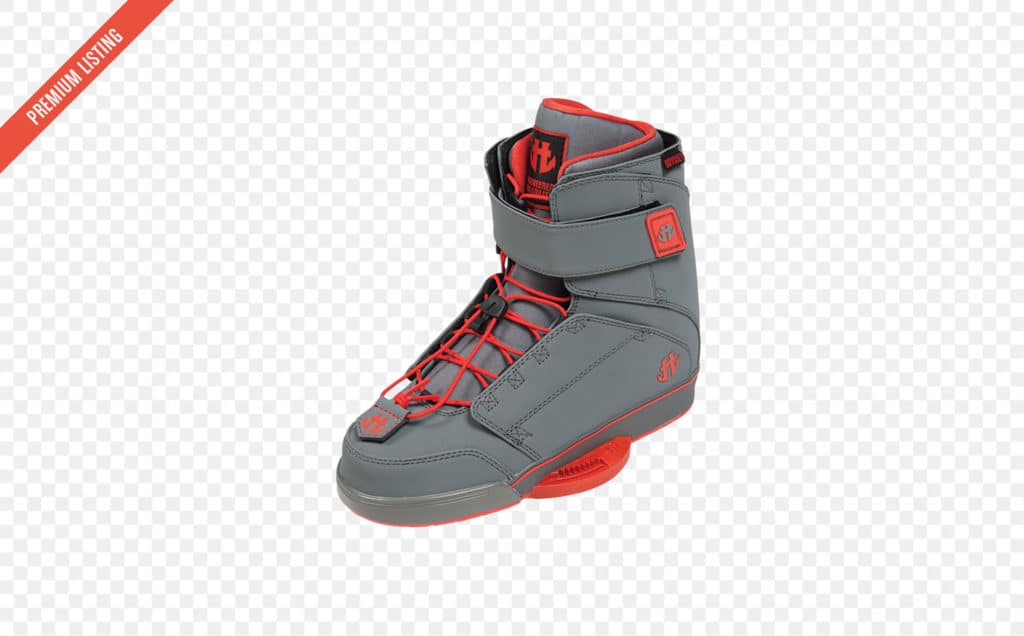
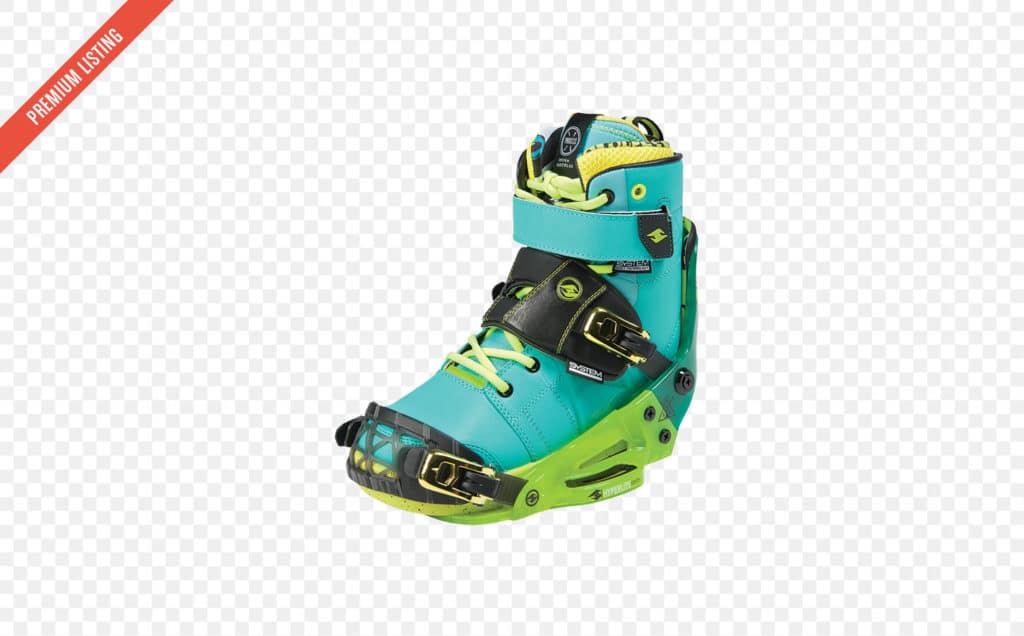
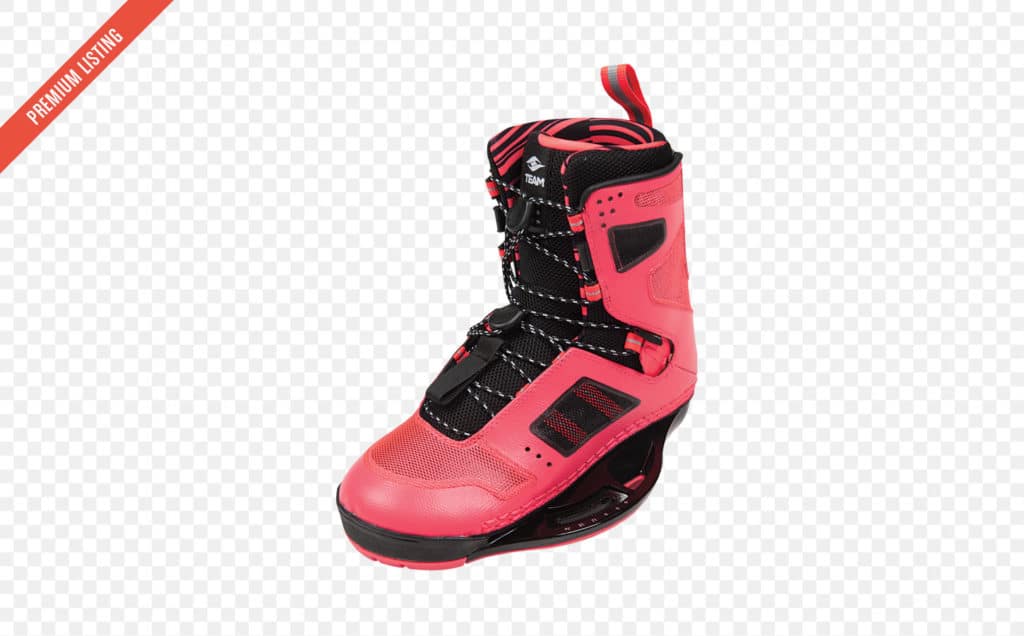
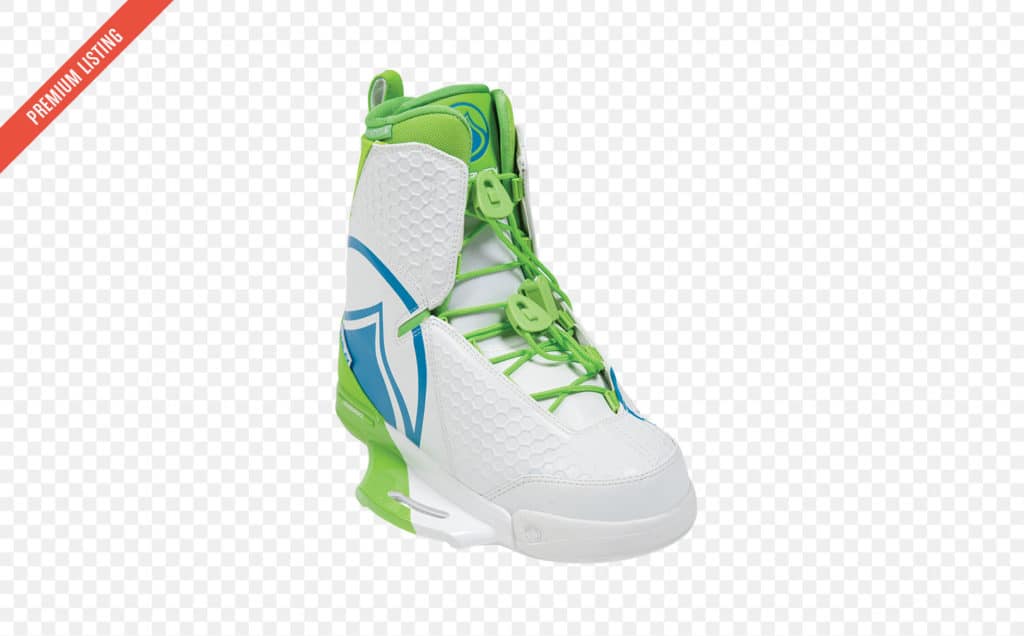
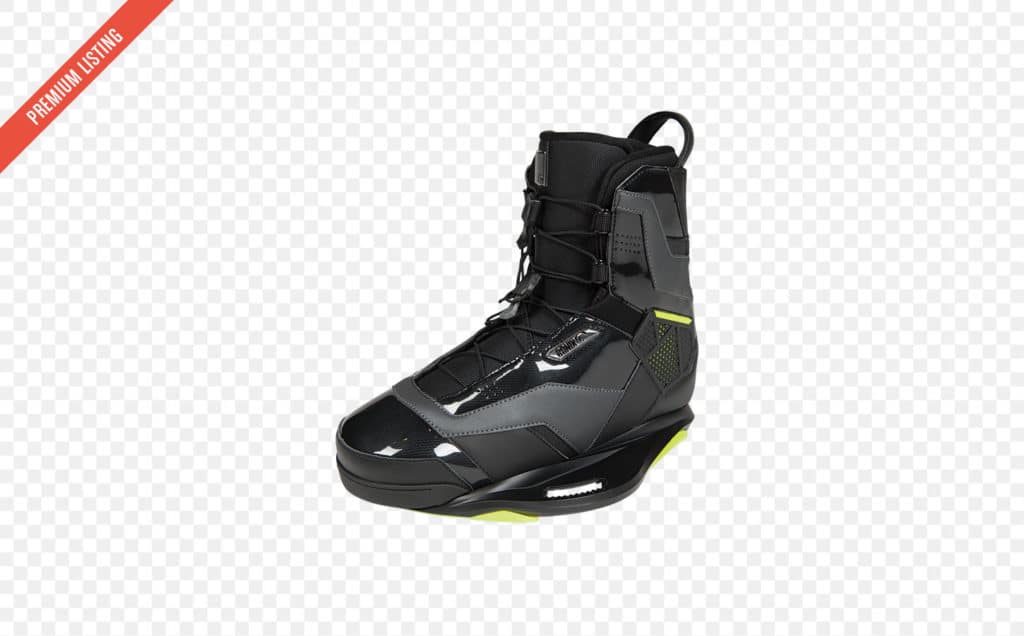
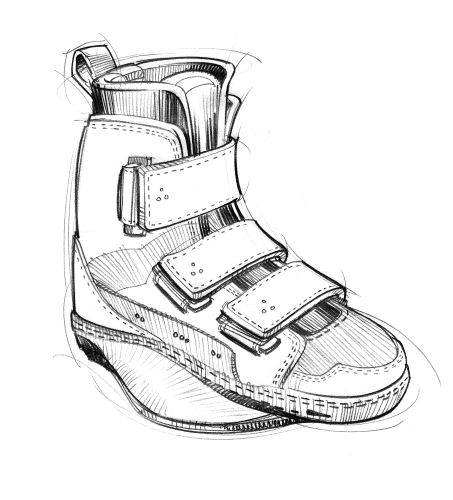
When it comes to wakeboard boots, there is no one boot that is the best for everyone. There can, however, be a boot that is best for you specifically. That’s the beauty of this selection process. Your foot is unique, and when combined with your preferences and your riding needs, you can whittle down your options to a select few boots that will make your feet happy the entire time you are on the water. Let’s take a look at a few terms and features to look for when selecting your perfect pair of boots.
Get Familiar:
Flexibility
Ultimately, a wakeboard boot’s job is to communicate your body’s movements to the board. Stiffer, more supportive boots translate those movements more efficiently and offer more ankle support, while softer boots allow for more freedom of mobility — especially when poking out your tricks.
Separation
Some bindings have a separate liner or boot that is removable, with a durable sole on the bottom. This is incredibly convenient when you have to traverse across rough terrain to get back to the starting dock or when winching.
Toes
Open: Open-toe boots are aimed to fit a wider variety of foot sizes and shapes. This is ideal when choosing a board to accommodate unequipped guests or young riders with rapidly growing feet.
Closed: Closed-toe boots follow a more size-specific fit and are generally built for high performance. This is ideal when choosing boots specifically for one rider who will be riding them almost exclusively all season.
Closure
+ Laces
Pros: Easy to achieve a secure fit with a classic laced-up feel similar to a shoe.
Cons: If you plan to get in and out of your boots frequently throughout your set, then laces tend to take longer to get in and out of, and they can wear out sooner in the process.
+ Velcro
Pros: Quick and easy entry and exit that allows the tongue of the boot to open fully with less resistance.
Cons: Harder to achieve as secure a fit as laces or ratchets.
+ Rachets
Pros: The boot and bindings are separate components, and are not attached. Since cable riders will be keeping the boots on in between falls, entry and exit becomes very quick and easy back at the starting dock. This closure also offers a secure and responsive fit.
Cons: Putting on your boots and then attaching them to your bindings adds an extra step to the process when riding behind the boat.
